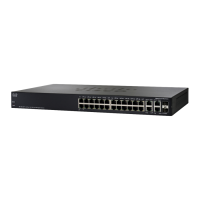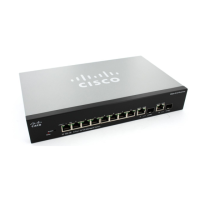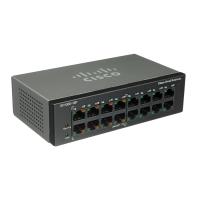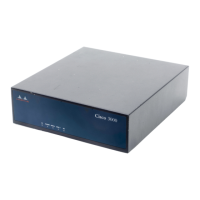CDP Commands
OL-32830-01 Command Line Interface Reference Guide 220
8
• External Port-ID—Identifies the physical connector port on which the CDP
packet is transmitted. It is used in devices, such as those with optical ports,
in which signals from multiple hardware interfaces are multiplexed through
a single physical port. It contains the name of the external physical port
through which the multiplexed signal is transmitted.
• Interface—The protocol and port number of the port on the current device.
• IP Network Prefix—It is used by On Demand Routing (ODR). When
transmitted by a hub router, it is a default route (an IP address). When
transmitted by a stub router, it is a list of network prefixes of stub networks
to which the sending stub router can forward IP packets.
• Management Address—When present, it contains a list of all the addresses
at which the device will accept SNMP messages, including those it will only
accept when received on interface(s) other than the one over which the
CDP packet is being sent.
• MTU—The MTU of the interface via which the CDP packet is sent.
• Native VLAN—The ID number of the VLAN on the neighbor device.
• Physical Location—A character string indicating the physical location of a
connector which is on, or physically connected to, the interface over which
the CDP packet containing this TLV is sent.
• Platform—The product name and number of the neighbor device. In the
case of the Secondary Cache only the 8 last characters of the value are
printed.
• Power Available—Every switch interface transmits information in the Power
Available TLV, which permits a device which needs power to negotiate and
select an appropriate power setting. The Power Available TLV includes four
fields.
• Power Consumption—The maximum amount of power, in milliwatts,
expected to be obtained and consumed from the interface over which the
CDP packet is sent.
• Power Drawn—The maximum requested power.
Note: For IP Phones the value shown is the maximum requested power (6.3
Watts). This value can be different than the actual power supplied by the
routing device (generally 5 watts; shown using the show power command).
• Protocol-Hello—Specifies that a particular protocol has asked CDP to
piggyback its "hello" messages within transmitted CDP packets.
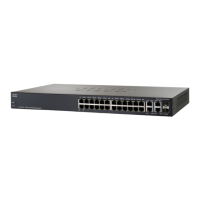
